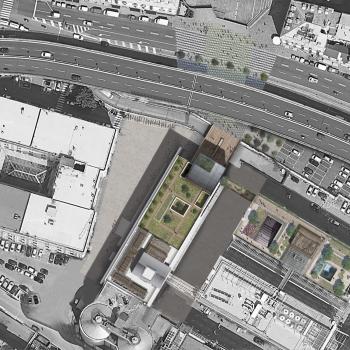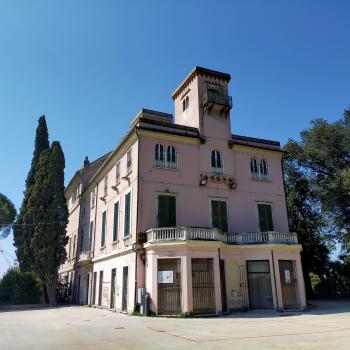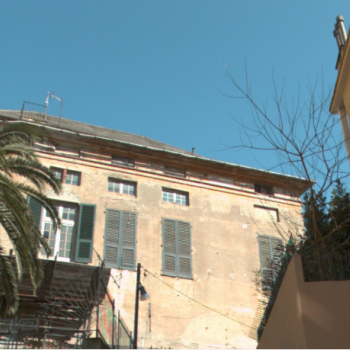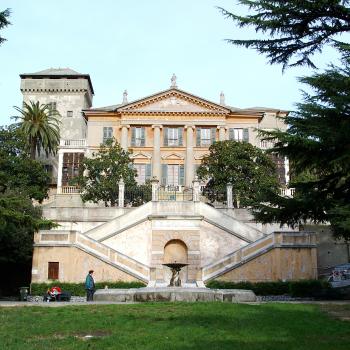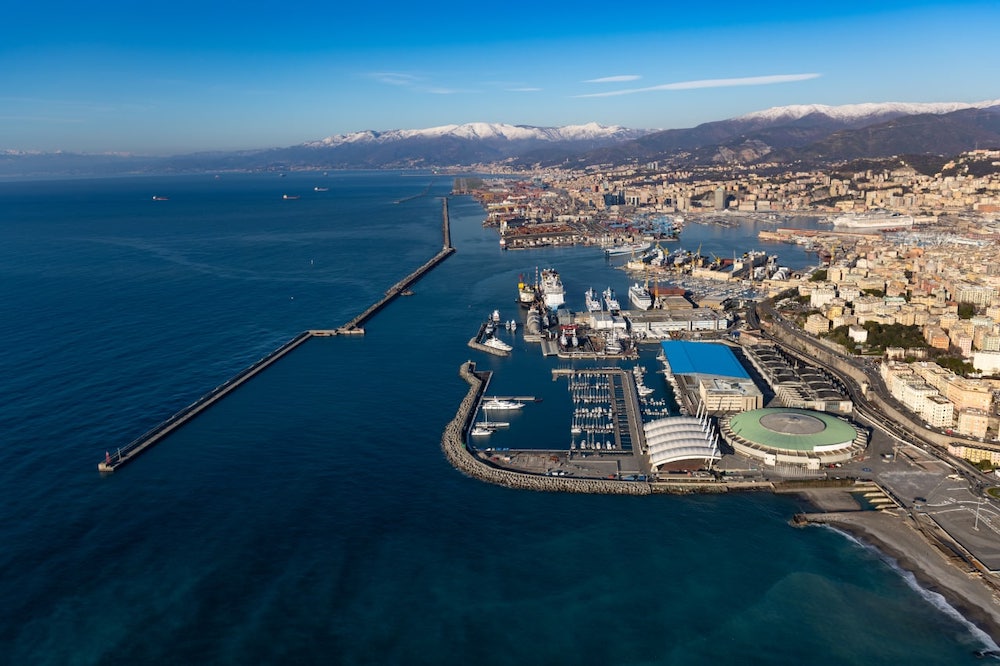
- 06 Aug, 2021
Genoa, a moment of rebirth. At the crossroads of maritime trade between Europe, Africa and the Far East for over 2,000 years, the city is now set to play an increasingly important role on a global level. The new Breakwater, the maritime gateway to the Port of Genoa, is one of a range of major infrastructure projects currently underway, all of them challenges befitting the rightful ambition of a city projected towards the future.
The project is strategic to the whole area: the regeneration of the city - at the apex of the Italian industrial triangle alongside Milan and Turin - is inextricably linked to the redevelopment of the port, the driving force behind the local economy which employs approximately 38,000 people. Genoa, Italy’s premier port and one of the leading ports in the Mediterranean, is firmly committed to boosting its international competitiveness and credibility.
Today, the Western Ligurian Sea Port Authority (Ports of Genoa), which groups together the Ports of Genova, Prà, Savona and Vado Ligure, is Italy’s premier port in terms of traffic volumes, product diversity and economic output. It is a multi-service port that boasts a wide selection of specialized terminals equipped to cater for all key commodity sectors: containers, general cargo, ro/ro, perishable goods, metals, timber, solid and liquid bulk and petroleum products.
With over 150 scheduled liner services connected to over 500 ports worldwide, the Port of Genoa is one of Europe’s leading container gateway ports. It also ranks as Italy’s second cruise port and third ferry port.

